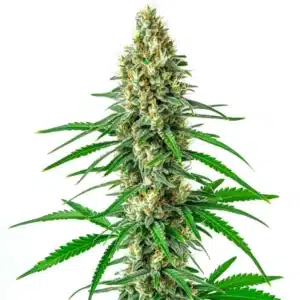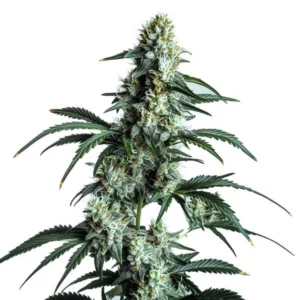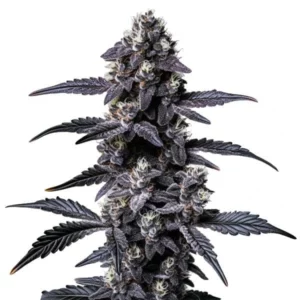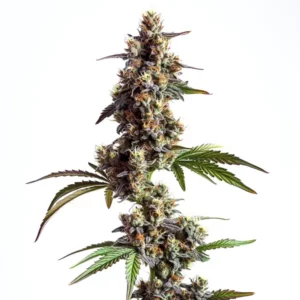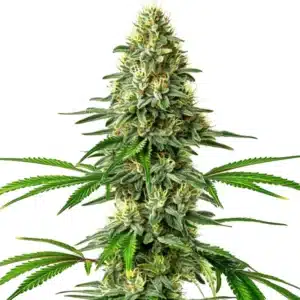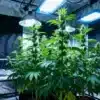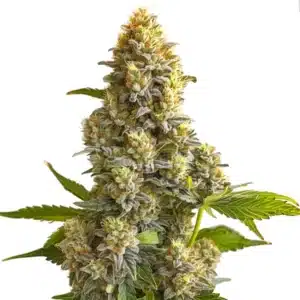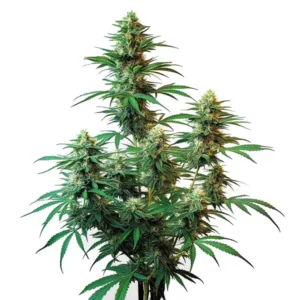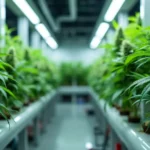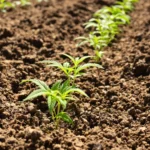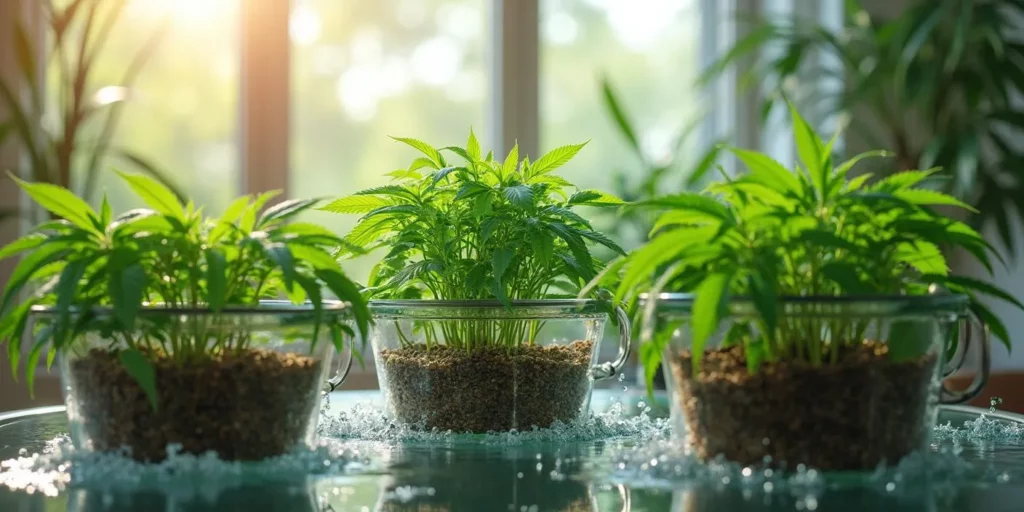
Best Deep Water Culture System
Deep Water Culture (DWC) is a popular hydroponic growing method that allows plants to thrive in a nutrient-rich water solution. Unlike traditional soil growing, DWC offers the benefit of faster growth rates, healthier plants, and the ability to maximize yields. This method is perfect for both beginners and seasoned gardeners looking to enhance their cultivation skills. Let’s dive into what makes the best deep water culture systems for your gardening needs.
Deep Water Culture
At the core of this technique is simplicity and effectiveness. In a DWC system, plants sit in net pots filled with a growing medium, such as clay pebbles or rock wool, while their roots hang directly into a nutrient-rich water solution. Oxygen is introduced into the water via air pumps and airstones, which promotes healthy root development. A well-designed DWC system ensures that plants receive all necessary nutrients without the constraints imposed by soil.
Recommended Strains
Sour Cookies
|
|
THC | 15% - 20% (Medium) |
|
|
Type | Feminized |
|
|
Yield | Medium |
|
|
Phenotype | 45% Indica / 55% Sativa |
Sour Diesel
|
|
THC | 22% - 25% (Medium) |
|
|
Type | Feminized |
|
|
Yield | High |
|
|
Phenotype | 30% Indica / 70% Sativa |
Maintaining a proper balance of oxygen and nutrients in the solution is critical for achieving optimal plant growth and health. Newer developments in growing techniques have led to the creation of advanced systems equipped with monitoring devices and features that simplify the cultivation process. As trends evolve, growers can choose from a wide range of systems that are not only efficient but also easy to use.
Benefits of Using a DWC System
Employing a DWC system comes with a host of compelling benefits. Here are some key advantages to this innovative method:
- Faster Growth: DWC systems enable quicker nutrient uptake which translates to shorter growth cycles and quicker harvests.
- Higher Yields: Healthier root systems result in larger, more productive plants, leading to an abundance of produce.
- Space Efficiency: DWC systems can optimize space usage, making them perfect for constrained locations.
- Reduced Pest Issues: Growing in a controlled environment without soil diminishes risks associated with soil-borne pests and diseases.
- Effortless Nutrient Management: Managing nutrients and pH levels in a water-based solution is much simpler when compared to soil-growing techniques.
For many gardeners, these advantages greatly enhance their cultivation experience, leading to greater satisfaction. The promise of faster growth coupled with higher yields makes DWC particularly appealing to those looking to cultivate high-quality crops, especially in operations focused on market produce or personal gardens.
Promos & Deals
Key Components of a DWC System
When setting up a deep water culture system, certain vital components are needed to guarantee success. Let’s break down each essential part of the system.
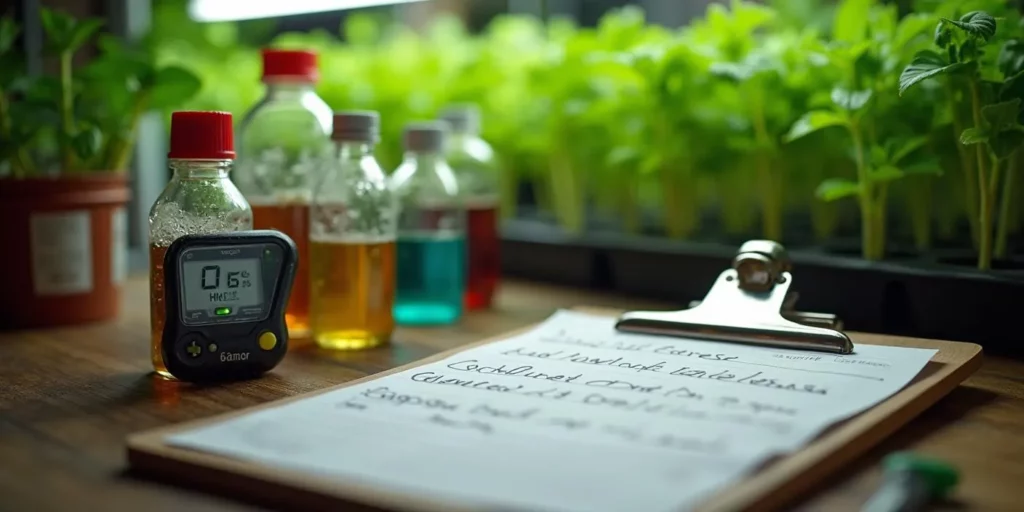
1. Reservoir
The reservoir is where the nutrient solution awaits your plants. The size depends on your intended scale of farming. Larger reservoirs provide more stability in nutrient concentration and temperature, positively impacting plant health. Whether you are growing a few plants or an expansive crop, choosing the right size is crucial for effective management.
A well-insulated reservoir can also help maintain optimal temperatures, as extreme fluctuations can negatively affect root performance. Ensuring easy access to the reservoir will also benefit regular maintenance tasks, such as changing the nutrient mix or inspecting for any issues.
2. Net Pots
Net pots play a pivotal role in supporting your plants and facilitating root growth. They need to be robust and adequately sized to accommodate your plants as they grow. The porous design of net pots enables excellent airflow to the roots, ensuring they are enveloped by oxygen-rich water while also being supported by the growing medium.
Choosing the right growing medium placed inside the net pots is equally important. Materials like clay pebbles provide stability while allowing for proper drainage and aeration, essential for the health of your plants’ roots. A well-structured growing environment contributes directly to the plants’ overall vitality.
3. Air Pump and Airstones
An air pump, coupled with airstones, is integral for oxygenating the nutrient solution in the reservoir. The air pump pushes air through the airstones, producing bubbles that facilitate oxygen distribution throughout the water. This oxygenation is critical in preventing conditions like root rot and promoting healthy growth.
It’s beneficial to choose a quiet and powerful air pump that suits the size of your system. Consider checking the pump’s output capacity to ensure that it meets the needs of the number of plants you are growing. A reliable air pump can make a significant difference in the overall health of your plants.
4. Nutrient Solution
The nutrient solution comprises water mixed with essential nutrients required for healthy plant growth. This formulation is vital, as it directly influences the health and growth rates of your plants. Many growers find liquid nutrients easier to manage than powdered alternatives, enabling precise adjustments as needed.
Researching the nutritional requirements for your specific plants can guide you in selecting the right nutrient solution. Furthermore, creating a feeding schedule based on the growth stage of your plants can enhance efficiency and effectiveness in nutrient health.
5. pH Monitoring Tools
Monitoring the pH levels of your nutrient solution is essential for optimal nutrient absorption by the plants. Ideally, the pH levels should remain between 5.5 and 6.5. Regular checks using pH meters, test strips, or other tools are fundamental to maintaining balance and ensuring that your plants can thrive.
If the pH levels fluctuate outside the ideal range, corrective measures may be needed, such as adding pH adjusters. Consistently checking levels and understanding how various factors impact pH will help you provide the best possible care for your plants.
Choosing the Best Deep Water Culture System
With various DWC systems available on the market, making an informed decision is easier if you consider several important factors. Here are some key elements to evaluate when selecting a system.
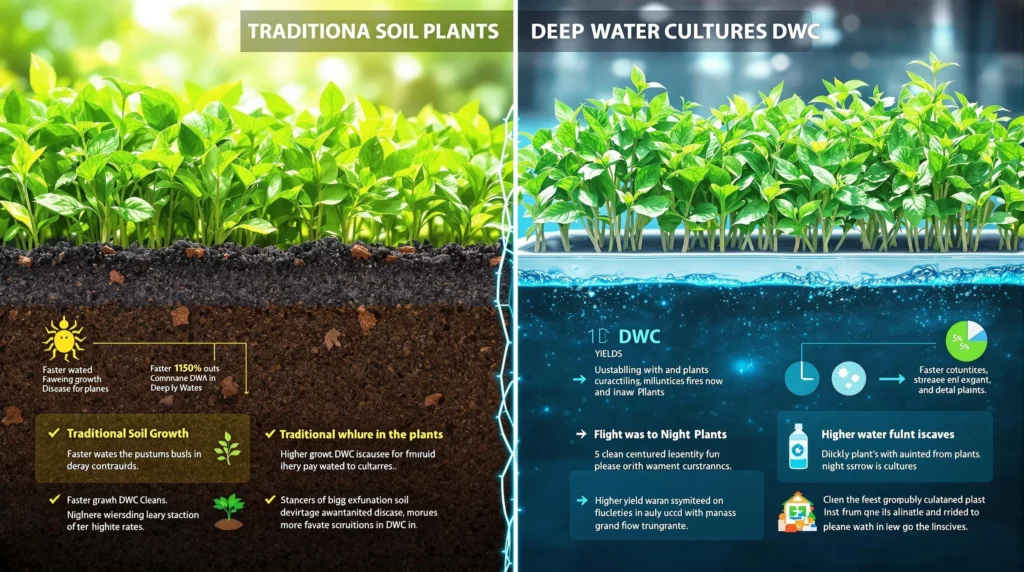
1. Size
The size of your DWC system should match the number of plants you intend to cultivate. Systems can range from small setups for a few plants to larger configurations designed for extensive operations. Evaluate your available space and desired scale before purchasing a system.
Choosing a system that fits within your space while allowing room for growth is essential. Take into consideration future expansion plans, such as wanting to add more plants as you become more experienced or as your growing ambitions grow.
2. Build Quality
Opting for a well-constructed system can save you headaches in the long run. Look for systems made from durable materials that can withstand exposure to water and nutrients over time. Many seasoned growers prefer systems made from high-quality plastics or modifications of PVC for added longevity.
Examining the connections, seams, and overall sturdiness of the system is wise; any weaknesses could lead to leaks or system failures, impacting plant performance. Investing in quality helps secure your investment in hydroponics.
3. Ease of Use
The best DWC systems are designed with user-friendliness in mind to minimize the learning curve. Features such as integrated air pumps, straightforward accessibility to the reservoir, and comprehensive installation guides can enhance your experience. A simpler system can be a boon, particularly for beginners still familiarizing themselves with hydroponic techniques.
Checking online reviews and videos can also provide insights into the usability of different systems. Finding a system compatible not just with your knowledge level, but also with your lifestyle, can enhance your enjoyment of the process.
4. Price
DWC system prices can range widely, and it’s essential to strike a balance between quality and affordability. While more budget-friendly options might catch your eye, it’s important to consider the long-term functionality and durability of the chosen unit. Sometimes spending a little more upfront can save you future costs associated with repairs or replacements.
Remember that hydroponic gardening is an investment, and the overall costs associated with running a DWC system should also factor into your budget considerations, including ongoing nutrient and maintenance expenses.
5. Reviews and Recommendations
Researching user reviews or seeking advice from fellow gardeners can provide valuable insights. Real experiences shared in gardening communities can highlight features that work well and common pitfalls to avoid. Online forums and social media groups often discuss DWC systems and can provide rich information.
Don’t hesitate to ask local horticulture shops for recommendations based on what has performed well in your region. Personalized advice from experienced growers can be invaluable as you select the right system for your needs.
Top Deep Water Culture Systems in 2025
When assessing DWC systems available on the market, several names shine for their exceptional performance and reliability. Here are three highly-rated systems that stand out:
1. The HydroCrunch DWC Hydroponic System
This system is notable for its affordability and efficiency. Catering to up to six plants, it features a sturdy build with a user-friendly design. Its integrated air pump and airstones ensure that your plants receive the necessary oxygen, making it an excellent option for beginners looking to dive into hydroponics.
The HydroCrunch system balances practicality with performance, allowing growers to set up quickly and begin enjoying their gardening journey. Many users appreciate the detailed guidance provided with the product, which can aid in troubleshooting common issues.
2. General Hydroponics WaterFarm
Designed with serious growers in mind, the General Hydroponics WaterFarm can support up to eight plants. Its solid construction ensures durability, while the advanced air pump and nutrient management system optimize growth effectiveness.
This versatile option is suitable for both novices and experienced growers, making it a great addition to any gardening repertoire. Users appreciate its efficient design that simplifies the hydroponics process while still delivering impressive results.
3. VIVOSUN Hydroponics DWC System
The VIVOSUN DWC system is praised for its ease of use and efficient design. Recordings indicate that it supports multiple plants, and it includes all necessary components to get started. Many users value the included instructions which guide them through the initial setup, making it a favored choice for those new to the world of hydroponics.
The system’s approachable design lowers entry barriers for beginners while still offering robust performance for more experienced growers looking to expand their methods.
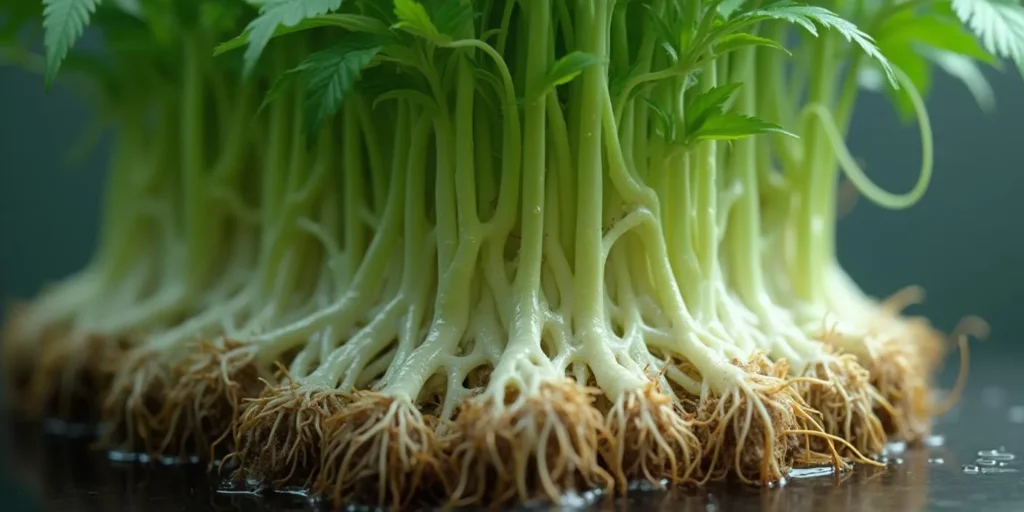
Common Issues and Solutions in DWC Systems
Even the most efficient deep water culture systems may encounter challenges. Identifying potential issues and their solutions can greatly enhance the health of your growing environment.
1. Root Rot
Root rot is a frequently encountered issue in DWC systems, often resulting from factors like overwatering, high temperatures, or inadequate oxygenation. To prevent this problem, it’s necessary to ensure your air pump operates effectively and to maintain water temperatures between 65°F to 75°F, which are ideal for root health.
If you suspect root rot has taken hold, act swiftly by removing affected plants and adjusting your system. Regularly scheduled maintenance checks can help you spot problems before they escalate, ensuring better health for your plants.
2. Nutrient Imbalances
Nutrient imbalances can lead to suboptimal plant health and stunted growth. It’s essential to monitor your nutrient solution’s pH and electrical conductivity (EC) levels regularly. Doing this helps maintain stability in nutrient availability.
If deficiencies or toxicities arise, adjust your nutrient mix and consult resources to understand the specific needs of your plants better. Keeping detailed records of what works and what doesn’t across different growth phases can also be beneficial learning tools.
3. Algae Growth
Algae thrives in warm and light-exposed environments. To minimize algae development, ensure that your reservoir is covered adequately to prevent light exposure. Additionally, maintaining controlled temperatures can discourage growth.
Consider using light-proof materials or paint for the reservoir and checking it regularly for any signs of algae. Taking proactive measures can keep your system clean and your plants thriving, enhancing the overall health of your hydroponic setup.
FAQs About Deep Water Culture Systems
What is the ideal pH range for DWC systems?
The ideal pH range for deep water culture systems typically falls between 5.5 and 6.5. This range enables plants to absorb nutrients effectively. Routine monitoring is crucial to maintain levels conducive to healthy plant growth.
How often should I change the nutrient solution?
It is generally recommended to change the nutrient solution every two weeks to avoid build-up and prevent algae growth. Regular checks on nutrient levels and making necessary adjustments ensures optimal health for your plants.
Can I use any plants in a DWC system?
While many plants flourish in DWC systems, this method is notably popular for cultivating cannabis. Leafy greens, herbs, and other fast-growing varieties perform exceptionally well too. Assessing the specific growth requirements of your selected plants can aid in maximizing success.
Is deep water culture suitable for beginners?
Deep water culture can indeed be suitable for beginners, especially when opting for user-friendly systems. Many setups come equipped with clear instructions detailing every step of the process. Starting with a simple system can offer a smoother introduction to the exciting world of hydroponic gardening.
What are the signs of overfeeding plants?
Signs of overfeeding may manifest as yellowing leaves, curling tips, or burnt edges. Should you observe any of these symptoms, consider diluting the nutrient solution or temporarily decreasing the frequency or concentration of feeding to restore balance.


